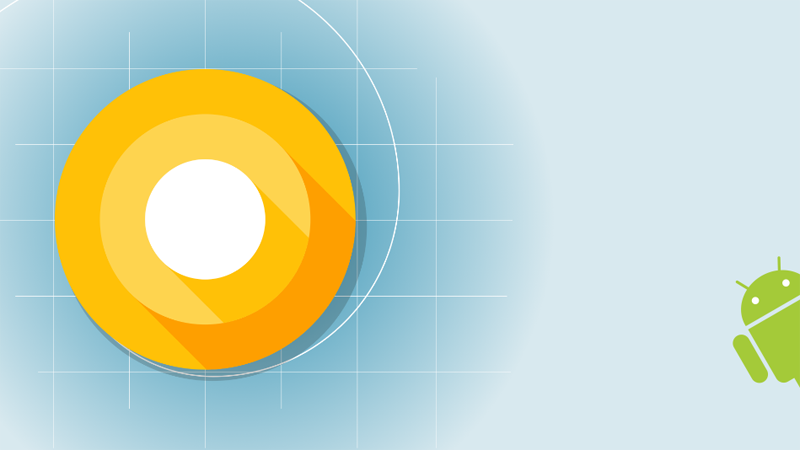10 biggest announcements made in Google I/O 2017
Google concluded its developer conference Google I/O on 20th May 2017. The keynote saw the CEO Sundar Pichai laying out the company's future roadmap...
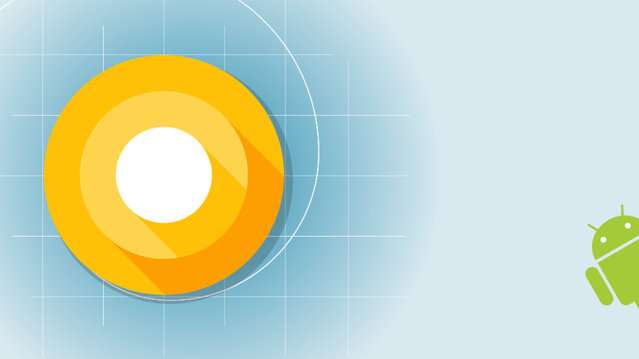
Google has launched the first developer preview of its new mobile operating system, currently coded as Android O (Oreo maybe?). The update is packed with a lot of new features like picture-in-picture mode, new notification channels, wide-gamut color, adaptive icons and background limits just to name few.
The major difference that we see between the early Android N and O previews is that Google made Android N update available to the general population as an over-the-air release. But this time around, the new release will not be on the Android Beta channel right away. Instead, developers who own a Nexus and Pixel device will have to manually go for the download and flash their devices. Android O Developer Preview is just a factory image and this restriction due to the current form of Android O is a bit early and is intended to be installed by developers. The devices that would support Android O, for now, are Pixel, Pixel XL, Pixel C, Nexus 5X, Nexus 6P and Nexus Player. Also, there are tons of developer-focussed additions which will probably become useful for everyone over time. A spokesperson from Google said they are focussing on giving developers time to test for flexibility, explore new features and provide feedback which will help to make Android O a better platform.
Android O has introduced a number of new features and API that could be used in your apps. Some that we are excited about and watching are mentioned below.
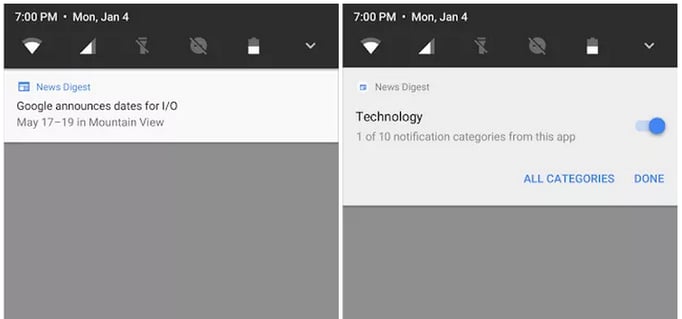
Android users mostly depend on password managers to auto fill login details and information that are repetitive. Now, this need is fulfilled by the Autofill API which has been added as a platform support. To get user rid of the frustration with apps that require repetitive tasks, the user can select an autofill app which will store the data. The autofill app secures the data such as user names, addresses, and even passwords.
PIP is multi-window mode used for video playback mostly. PIP display is now available on phones and tablets, so the user can continue their chat while watching videos. Apps can put themselves in PIP mode and can specify the aspect ratio and a set of custom interactions. When an activity or screen is in PIP mode, it is in the paused state, but developers need to make sure that in pause state they do not pause the playback instead show the content continuously.
Fonts are now fully supported resource type in Android O. Apps can use fonts in XML layouts as well as define font families in XML. And these fonts can be accessed with the help of new resource type font. Android O does provide a technique to retrieve information related to system fonts.
![]()
To provide a helping hand in enhancing the device UI, adaptive icons can now be created which are display by the system in different shapes, based on a mask which is selected by the device. As adaptive icons support visual effects hence the system animates interactions with the icons. And these are used in shortcuts, settings, launcher, sharing dialogs, and in the overview screen.
Devices with a wide-gamut color capable display can be beneficial and be used by the Android developers of imaging apps. To display wide gamut images, apps will need to enable a flag in the manifest which also needs to be per activity and load bitmaps with an embedded wide color profile (Pro Photo RGB, DCI-P3, AdobeRGB, etc.).
Android O now also supports Bluetooth audio codecs such as LDAC codec to improve the audio fidelity. Wi-Fi Aware previously known as Neighbor Awareness Networking (NAN) is being added as an improvement. Google is working with their hardware partners to bring the Wi-Fi Aware technology to devices as soon as possible. On devices with defined set of Wi-Fi Aware hardware, nearby devices can discover and communicate over Wifi without an Internet access point.
An optional multi-process mode was introduced in Android N for WebView that shifted the handling of content into an isolated process. In Android O, the multi-process mode is enabled by default and to let the app handle error and crashes for enhanced security and improved app stability API are being added.
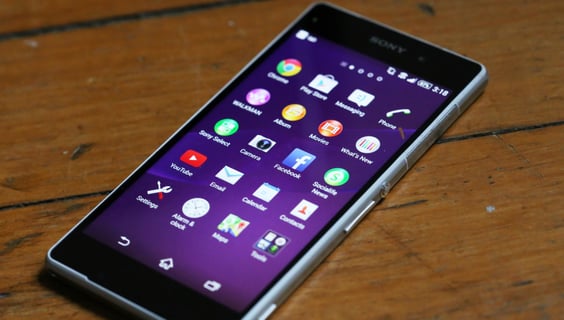
Android O brings a high priority on improving a user’s battery life and device performance. To make it possible, automatic limits have been integrated which will manage the amount of work that an app can carry in the background. The limits are mainly in 3 areas: background services, location updates and implicit broadcasts. These changes will make the app to utilize the minimal amount of battery. The change represents a significant move in Android to improve device performance.
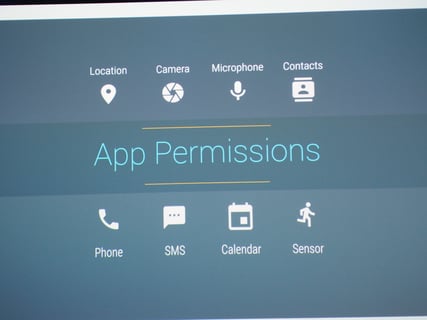
Android O lays down a new permission which allows apps to answer incoming phone calls programmatically. This permission is categorized as dangerous and is a part of PHONE permission group.
Android O Developer Preview includes SDK with system images for testing on Nexus 5X, Nexus 6P, Nexus Player, Pixel, Pixel XL and Pixel C devices and on Android Emulator. For development concerned with wearables, in Android O there are emulator for testing Android Wear 2.0.
Google plans to update the SDK on a regular basis. The initial release is just for the developers and not intended for the general population, so for now only manual download and flash is available. As Android O gets closer to a final product, consumers would be invited to try out as well and enrollments would be open through Android Beta at that point of time.
Looking for an Android app for your business or have an amazing idea for the next big app? Get in touch.
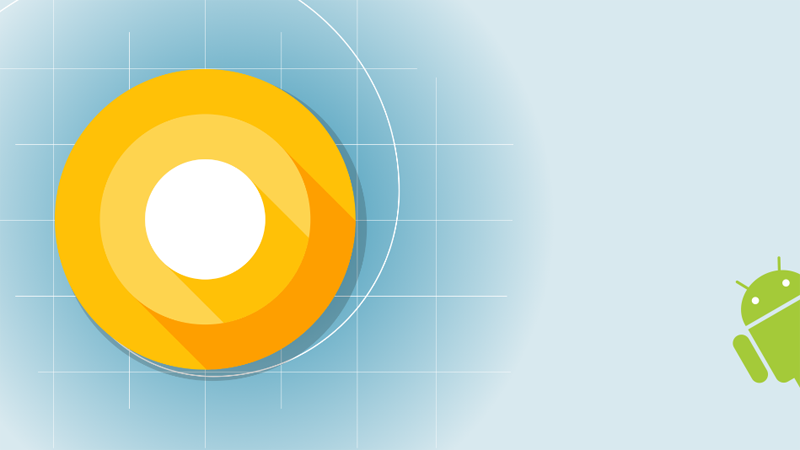
Google concluded its developer conference Google I/O on 20th May 2017. The keynote saw the CEO Sundar Pichai laying out the company's future roadmap...
 Read More
Read More

The “iOS vs Android” has been an age old battle. iOS has been considered better for monetizing, superior design and usability. Google is trying to...
